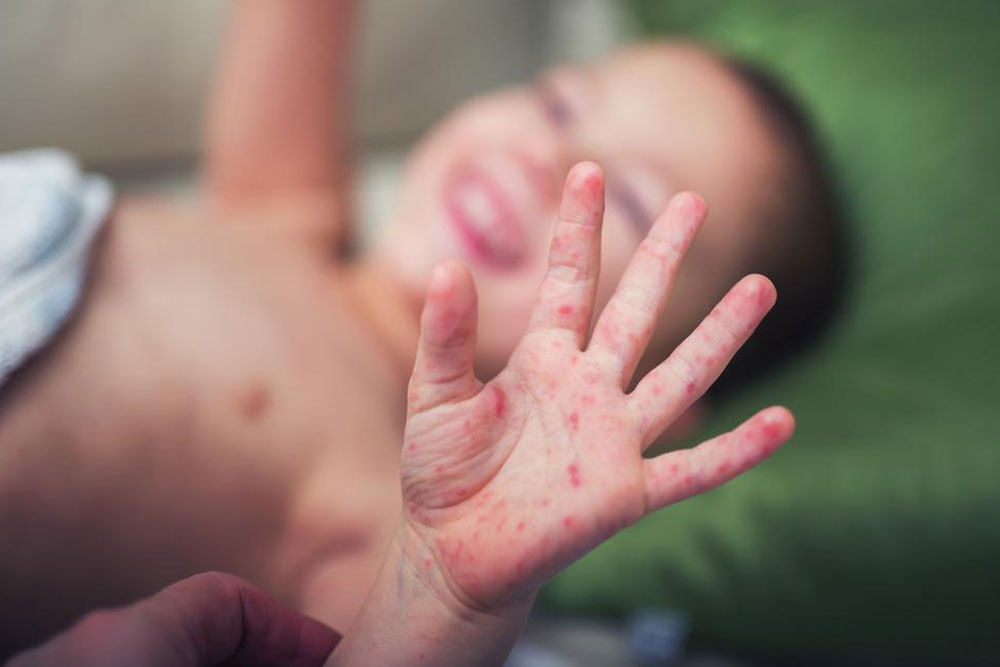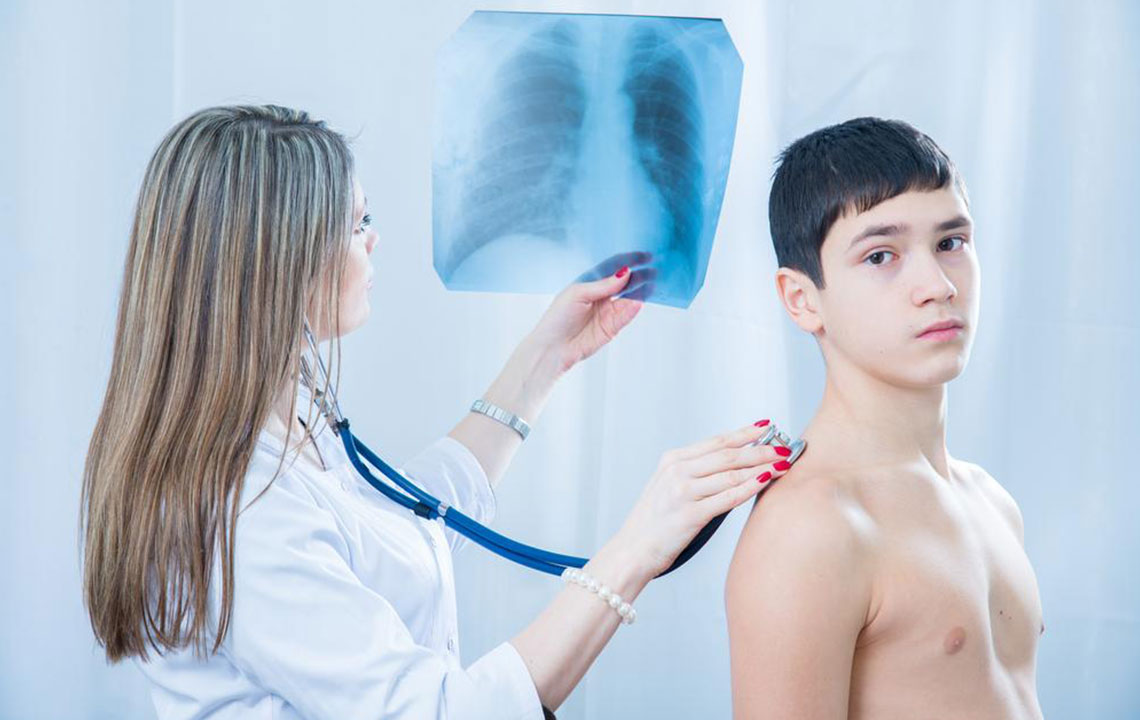Comprehensive Guide to Hand-Foot-and-Mouth Disease: Causes, Symptoms, and Prevention Strategies
This comprehensive guide explores the causes, symptoms, and preventive strategies for hand-foot-and-mouth disease. It highlights the importance of early detection, hygiene, and community efforts to curb the spread of this highly contagious illness common among children and adults. Learn about viral transmission, signs to watch for, and effective measures to protect yourself and others from infection.

Comprehensive Guide to Hand-Foot-and-Mouth Disease: Causes, Symptoms, and Prevention Strategies
Hand-foot-and-mouth disease (HFMD) is a highly contagious viral infection that predominantly affects infants and young children, although it can also occur in adults. Despite advances in healthcare and increased awareness, HFMD remains a common health concern, especially in communal settings like daycare centers, schools, and crowded households. This illness is characterized by the development of painful sores and rashes on various parts of the body, including the hands, feet, mouth, and sometimes on the buttocks and legs. Recognizing the subtle early signs and understanding its causes are vital steps in preventing the spread and managing the symptoms effectively.
What causes hand-foot-and-mouth disease?
HFMD is primarily caused by the coxsackievirus A16, a member of the enterovirus family. This non-polio virus spreads rapidly through contact with bodily secretions such as saliva, nasal mucus, blister fluid, or fecal matter from an infected individual. Transmission also occurs through contact with contaminated surfaces, toys, or utensils that harbor the virus. The infectious nature of HFMD makes it very easy to catch, especially among young children who often put their hands or objects into their mouths. Adults can also contract the disease, particularly if they are in close contact with infected children or contaminated environments.
Key symptoms of hand-foot-and-mouth disease
The illness typically presents itself with an early onset of symptoms like fever, sore throat, and decreased appetite. As the virus progresses, painful mouth sores and skin rashes develop that are distinctive in appearance and location. Recognizing these signs early can significantly reduce discomfort and prevent complications. The main symptoms include:
Fever: Usually ranging between 101°F and 103°F, fever appears within three days of infection and indicates the body's immune response to the virus.
Sore throat: Raw, sore, and sometimes swollen throat makes swallowing painful, particularly when coupled with mouth ulcers.
Blisters and rashes: Painful red sores and blisters develop on the palms of the hands, soles of the feet, inside the mouth, and occasionally on the legs, buttocks, and other parts of the body. These lesions can cause discomfort and hinder daily activities such as eating, drinking, and walking.
Decreased appetite and general discomfort: Mouth ulcers and overall feeling of illness often lead to poor eating habits and dehydration, especially in young children.
Although the symptoms of HFMD can be distressing, they are generally self-limiting, usually resolving within 7 to 10 days with proper care. However, in some cases, especially in immunocompromised individuals, complications can arise, making prompt medical attention necessary. Effective symptom management, good hygiene practices, and awareness are critical in controlling outbreaks.
For those affected, there are various supportive treatments available to ease discomfort, including analgesics, mouthwashes, and maintaining hydration. Preventative measures, such as frequent handwashing, disinfecting surfaces, and avoiding close contact with infected persons, are essential in curtailing the spread of HFMD. Vaccination is currently not available for this disease, emphasizing the importance of preventive hygiene practices in communities.
Prevention and Control of Hand-Foot-and-Mouth Disease
Preventing the spread of HFMD involves multiple strategies. Regular handwashing with soap and water, particularly after changing diapers or using the toilet, is the most effective method. Disinfecting toys, bedding, and frequently touched surfaces reduces the risk of transmission. Additionally, keeping children away from infected individuals, especially during outbreaks, helps limit the disease's prevalence. If a child shows early signs of HFMD, parents should consult healthcare providers for appropriate management and to prevent further spread within the community.
In conclusion, understanding the causes and symptoms of hand-foot-and-mouth disease is crucial for early detection and effective management. While the disease is typically mild, its contagious nature requires diligent preventive measures. With proper hygiene, timely care, and awareness, families and communities can minimize the impact of HFMD and reduce its transmission, safeguarding the health of vulnerable populations.





